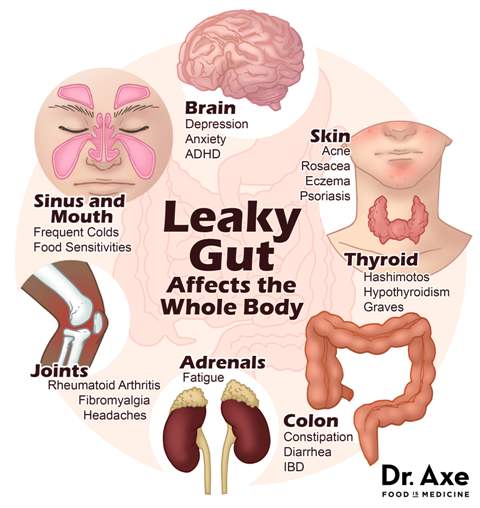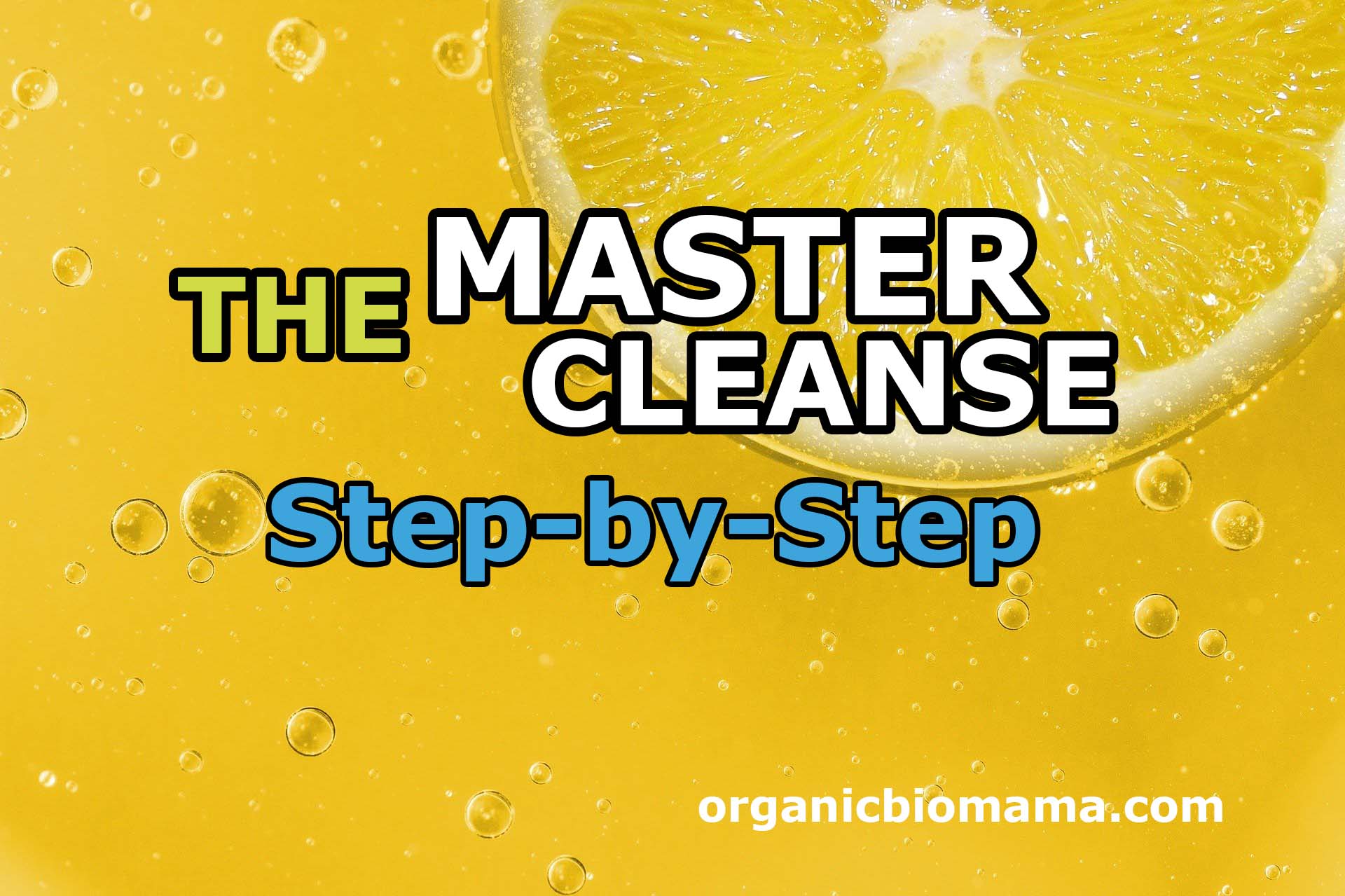Nowadays magnesium deficiency is very common and most people do not even realize that they are deficient in it. When the body is deficient in magnesium the cells in the body begin to malfunction, which can lead to severe health problems starting with fatigue and ending with sudden cardiac death. Now the good news. It is not very hard to restore magnesium levels in the body!
How to restore & replenish magnesium deficiency in the body naturally
1). Consume Magnesium-rich foods
Here is the list of some of the top magnesium-rich foods (daily value (%) shown is for adults):
- Kelp. Kelp is incredibly rich in magnesium. It provides about 780 mg of Mg per serving! You can add kelp strips to your soups or you can get a powdered kelp.

- Raw pumpkin seeds. Pumpkin seeds are very rich in magnesium too. You get 325mg (81% DV) of magnesium by consuming 1/2 cup of pumpkin or squash seeds. There is 150 mg (37% adult daily value) of Mg in 1 oz of pumpkin seeds.
- Whole grains. 1 cup of cooked quinoa, millet, buckwheat, wild rice, oats provide about 30-10% of the daily value of magnesium, quinoa, and millet being the richest in magnesium. Useful tip: Weston Price followers recommend soaking, sprouting, and/or fermenting whole grains to reduce anti-nutrients in them and increase the bioavailability of minerals.
- Spinach. 1 cup of spinach provides about 40% daily value of magnesium for adults (157 milligrams). Useful tip: Spinach should be cooked and not consumed raw, because of high oxalate content (oxalates may cause stones).
- Other dark leafy greens (1 cup, cooked): Swiss chard (38% DV), Kale (19%), Collard greens (13%), Turnip greens (11%)
- Nuts and seeds (1/2 cup): Pumpkin seeds (81% DV), Sesame seeds (63%), Brazil nuts (63%), Almonds (48%), Cashews (44% DV), Pine nuts (43%), Mixed Nuts (39%), and Peanuts (31%), Pecans (17%), Walnuts (16%). Useful tip: Weston Price followers recommend soaking nuts and seeds to reduce anti-nutrients in them and increase the bioavailability of minerals.
- Fish. 3 oz mackerel provides about 82 mg (21% DV) of magnesium. Most other fish provide about 8% of the daily value of magnesium in 3 oz.
- Beans and lentils. One cup of cooked beans (white beans, french beans, kidney beans, chickpeas, lentils, pinto beans) provides about 30-15% of the daily value of magnesium.
- Avocado. One avocado provides about 15% of the daily value of magnesium.
- Bananas. One medium banana provides about 8% of the daily value of magnesium.
- Dried fruits. 1/2 cup of dried fruits like figs, prunes, apricots, dates, raisins provides about 13-7% of the daily value of magnesium. Useful tip: Too much sugar (even natural from fruits) can weaken the immune system.
- Dark chocolate. 100 grams of dark chocolate provide about 82% of the daily value of magnesium (Yum!). Choose extra dark chocolates with at least 80% cacao content. Useful tip: Please, keep in mind, some (most) brands of dark chocolate may have high lead content.
- Unsweetened cocoa or cocoa nibs. 1 oz of cocoa provides 63.8mg (16% DV) of magnesium.
- Seaweed
- Unrefined sea salt
2). Drink Mineral-rich water
Studies show that drinking water with high concentrations of magnesium protects bones against fractures (source) and protects against heart diseases (source).
You can add trace mineral drops to your drinking water to enrich it.
Mineral drops can be plant-based or sea salt-derived. Both are good, however, plant-based minerals are easier for your body to digest. This is because plant-based minerals have amino acids added to them. The ideal trace minerals are ionic or colloidal, come from a plant source (which are also known as fulvic acid minerals), pure and unaltered. Natural sea salt minerals are also good.
Best mineral drops:
- Elete Electrolyte Mineral Drops. Made of seawater and sea minerals. No preservatives or other added ingredients or flavors. Recommended by Morley Robbins.
- Dr. Morter’s B.E.S.T. Process Trace Minerals. These drops are colloidal, plant-sourced, pure, and contain 74 minerals. The source of these minerals is a 60 million-year-old plant-based mineral deposit. Plant-based minerals are readily recognized by a human body than sea salt minerals. Suggested use is 10 drops a day. No preservatives or other added ingredients or flavors.
- ConcenTrace Mineral Drops. These drops come from sea salt and contain 72 minerals. Suggested dosage: 20-40 drops per gallon of drinking water or to taste. No preservatives or other added ingredients or flavors. Recommended by Morley Robbins.
Other options:
- Tropical Oasis – Premium Ionized Plant Based Trace Minerals. These drops are plant-based, ionic, and easily absorbed (96% absorption rate) with 74 essential minerals. It also contains Potassium sorbate, xylitol, natural flavors, and citric acid. I am not a fan of these added ingredients, but it tastes good.
- NOW Colloidal Minerals Liquid. Plant-based fulvic acid trace minerals. Contains preservatives (potassium sorbate and potassium benzoate) and citric acid, which is not great, but the minerals are plant-based (easily absorbed), which is good.
- You can also make your own mineral drops using Celtic sea salt: How to make Homemade Mineral Drops
3). Feed your body Magnesium through the skin (apply magnesium oil)
When you apply magnesium oil to your skin your body actually absorbs it! This is a very convenient and effective way of raising your body’s magnesium levels.
When applied to the skin magnesium gets sucked into the outer layer of skin where it sits and plumps up while the capillaries absorb magnesium and transport it to the rest of the body.
You can soak your feet, massage, or spray magnesium oil on your skin. Here is how.
- Morley Robbins (known as “Magnesium man”) suggests Magnesium oil foot baths every day or at least 3 times a week. To take a foot bath, you will need to add 1-2 oz of Magnesium oil to a small tub of hot water and soak your feet in it for about 20-30 minutes. After about half an hour the body will stop absorbing any more magnesium after it “fills up”.
- You can also rub/spray Magnesium oil on feet or on other spots every night. If you want to avoid skin itching, you can rub a little coconut oil on the skin first.
- You can get creative and make a Magnesium lotion to use on your body.
You can make your own magnesium oil by mixing 1 part of magnesium chloride flakes with 1 part of distilled water. Mix the flakes with hot water to dissolve them. Make smaller batches to use up quickly.
4). Take Epsom salt (Magnesium sulfate) or Magnesium chloride baths every week to get magnesium through the skin and to have a regular gentle detoxification
Research studies show that Epsom salt baths are a safe and easy way to increase magnesium levels in the body (source).
The most effective form of magnesium for cellular detoxification is magnesium chloride. Magnesium chloride has a strong excretory effect on toxins drawing them out through the pores of the skin. It is easily assimilated and metabolized in the body.
Epsom salt is more difficult to assimilate as it is excreted more quickly through the kidneys. This is why you need more magnesium sulfate in baths than magnesium chloride to get similar results.
Epsom salt and magnesium chloride baths have their own benefits, so alternating them is a good idea.
Take Epsom salt baths (at least) once a week.
Add magnesium co-factors to your bath like baking soda and borax, which help push magnesium inside the cells and mitochondria.
Sodium bicarbonate (baking soda) makes magnesium bicarbonate and borax provides boron.
Add 1-2 cups of Epsom salt to a warm-hot (not too hot) water, 1 cup of baking soda, 1-2 tablespoons of borax, and take a bath for 30-40 minutes. You can also add a little apple cider vinegar to the water.
When taking a bath the body does not take up any magnesium after about 30-40 minutes, thus bathing longer than 40 minutes is not recommended as it may contribute to electrolyte loss.
Useful tip: You can reuse this water for the next bath (if you wish) or you can water your plants with the same water as plants need magnesium and minerals too.
5). Take a bio-available Magnesium supplement and magnesium co-factors every day
Magnesium supplements need to be supplemented together with important co-factors – vitamin B6, bicarbonate, boron, plant-based vitamin C, potassium, sodium.
Vitamin B6 helps magnesium get inside the cells, boron helps keep magnesium inside the cells, bicarbonate helps magnesium get inside the mitochondria, and adrenal “cocktail” (food-sourced vitamin C, potassium) helps keep magnesium in balance with other electrolytes.
Recommended magnesium forms to take internally: glycinate (relaxing), malate (energizing), oxide (good in small doses), sulfate (small oral doses), taurate, orotate, threonate (can pass the brain barrier).
Not recommended magnesium forms: citrate (can cause iron dysregulation and other issues), ascorbate, aspartate, glutamate, carbonate with citric acid.
Recommended magnesium supplements:
- Jigsaw Health Magnesium w/SRT (includes vitamin B6, B12, folate, and vitamin C)
- Jigsaw Health Magnesium w/SRT (vitamin B free – for those with MTHFR issues)
- Pure Encapsulations – Magnesium (Glycinate)
Recommended magnesium co-factors:
- Bee pollen for vitamin B complex, including vitamin B6.
- Trace mineral drops for boron and other essential minerals (check above for recommendations) OR borax water for boron OR prunes for boron.
- Magnesium water for bicarbonate.
- Adrenal cocktail for vitamin C, potassium, sodium, and other trace minerals.
Main information source: gotmag.org
Read more: “The Root Cause Protocol by Morley Robbins (Magnesium Protocol)”



Hi I had a question. You recommended the Mag without B vitamins for people with MTHFR. (I have 2 mutations 677T) and I was just wondering why. Isn’t the whole point that they are low in natural folate Lmethl and need extra support or is it that the supplement has folic acid and not bio available? I also had wanted to try the protocol
Hi, Lara! Magnesium protocol suggests getting B vitamins from real foods like bee pollen, beef liver, nutritional yeast (without added vitamins), and stabilized rice bran. Methylated/activated vitamins are still synthetic. Proper methylation needs bioavailable copper which is found mainly in food sources. People with methylation issues need to stick to food sources for their B vitamins as I know. I am not recommending anything though, just sharing my research.
Just a question, does sole water have a similar mineral content as trace mineral drops form a bottle?
*from
Hi, Therese! I don’t think they are similar since sole water contains more Sodium than trace mineral drops like Concentrace. Trace mineral drops are extracted from sea salt with the sodium removed as far as I know.